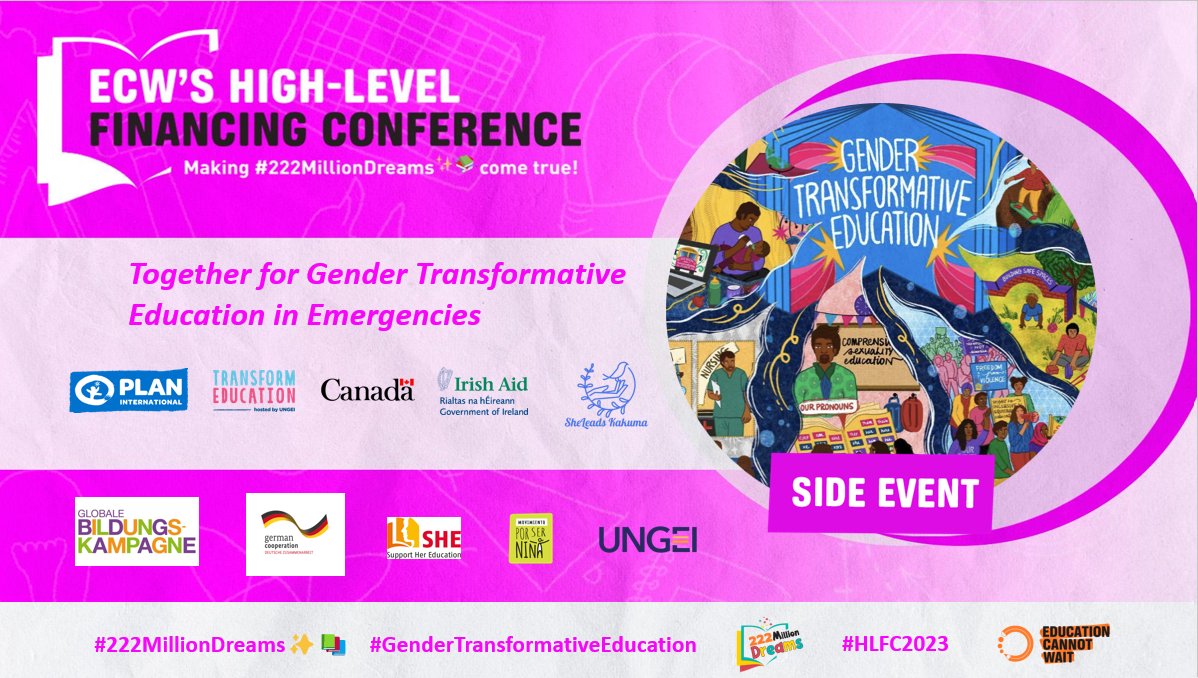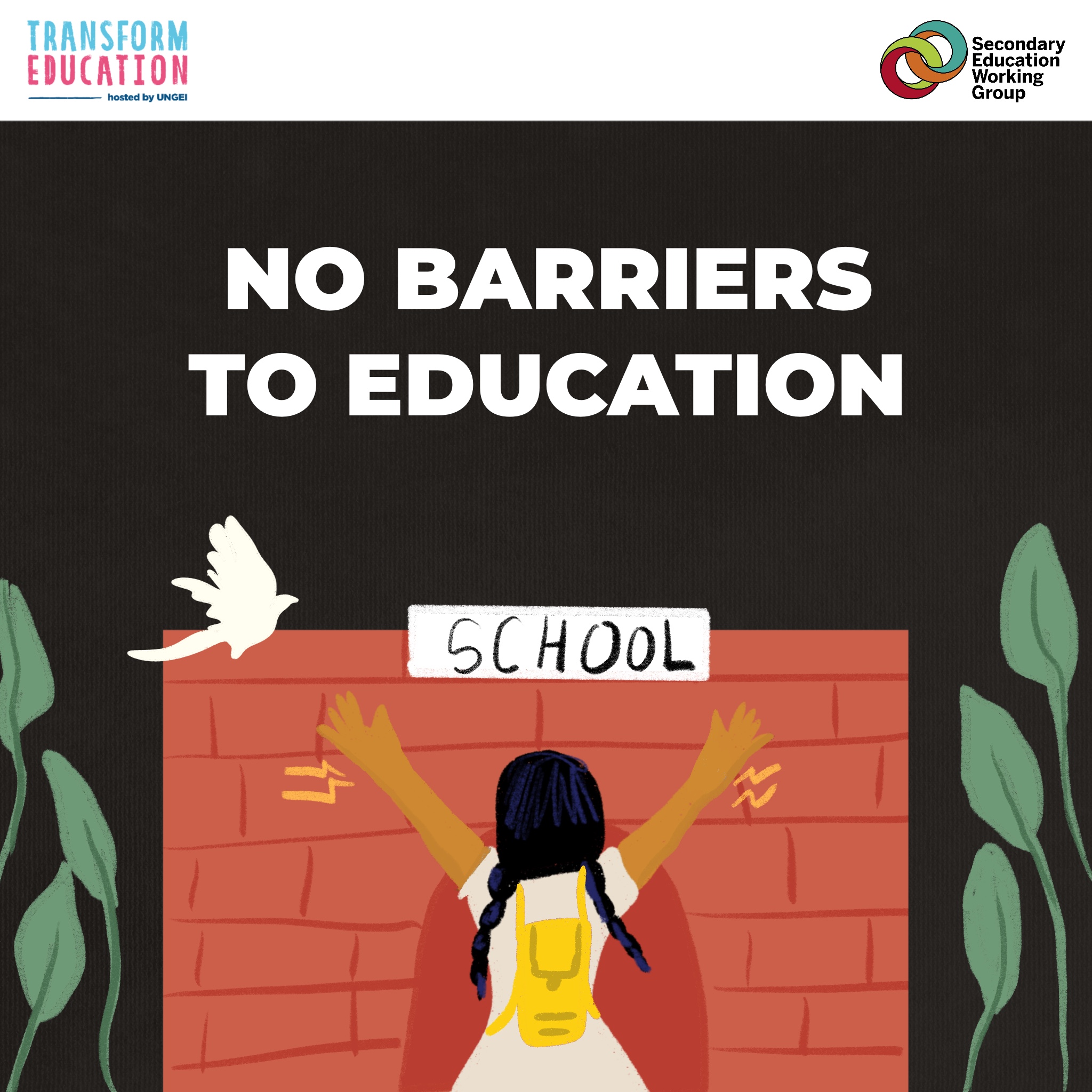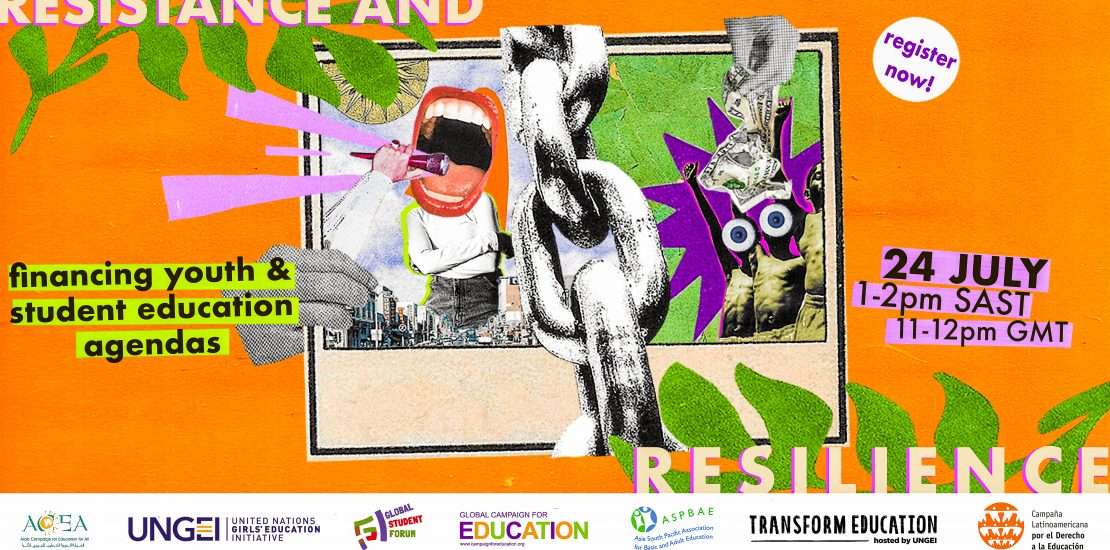Digital technology has changed the world. Particularly in the last 20 years, digital advances have enhanced social and business connectivity, offered tech-based solutions for financial inclusion, and increased access to trade and public services.
In education, virtual classrooms and distance learning have opened up learning opportunities to students who would otherwise be excluded. Technology can be a force for positive change. However, those who are unable to access the internet and technology are cut off from the benefits of this new digital era, and remain further behind.
The gender digital divide describes the ways in which gender inequality in the physical world is replicated in the digital world. This translates into large gaps in women and girls’ digital adoption, access and meaningful use compared to men and boys. Conflict, instability and the COVID-19 pandemic have exacerbated the gender digital divide in some regions.
In response to the forced closure of schools due to COVID-19 in Nigeria, the Oyo state government launched a remote learning programme through TV or radio broadcasts. However, initial reports found that girls faced gender-specific barriers to accessing remote learning, such as household duties, which prevented girls from having sufficient time to attend remote classes.
Tackling gender inequalities in digital literacy, STEM and education
On 11th October 2021, Girl Child Development Hub and Teenagers Guide in Nigeria commemorated International Day of the Girl with a symposium for 100 teenage girls in Ibadan. The symposium delved into issues including the gender digital divide, under-representation of girls in STEM, and how to reimagine girls’ education through digital literacy.

Digital literacy includes the ability to use and understand technology, and to search and access information through the internet. STEM education provides a foundation for children to apply digital literacy in designing technological devices and solutions and solving complex problems. STEM education and digital literacy are overlapping and interconnected.
Harmful gender norms and stereotypes can negatively impact the representation of women and girls in digital and STEM spaces. In Nigeria, girls are traditionally taught that femininity means caregiving and taking responsibility for home duties. Early on, girls are given dolls and static objects to play with as opposed to mobile objects that could spark curiosity. The pervasive stereotypes that STEM subjects and careers are better suited for boys can negatively impact girls' interest, engagement and achievement in STEM. These stereotypes can also lead to lower investment in girls’ education, and a prioritization of domestic roles and caregiving-related careers for girls, over other life pathways. While there have been policies, action plans and projects on girls’ education, addressing the gender digital divide requires further attention and investment in Nigeria, and around the world.
Why is it important to bridge the gender digital divide?
Post pandemic, the world is speeding up on digitalization with the economy and workforce increasingly dependent upon people’s ability to use technology. If the gender digital divide is not bridged:
- Young girls' potential will remain untapped: and they will continue to be underrepresented in STEM occupations and other career options in the digital economy.
- Without increased digital adoption and use, girls will have fewer employment opportunities and will face additional barriers to workforce participation, further exacerbating the gender pay gap.
- Inequality will continue to perpetuate in both the physical and online world; the digital world will continue to be designed by and for male users and consumers.
Reimagining digital literacy to advance gender equality in education
Girls have a right to access quality, comprehensive education that prepares them for a broad range of careers, improving digital literacy, critical thinking, and innovation for technological advancement. Digital literacy can be re-imagined through;
Gender-responsive learning environments
- Whether virtual or in-person, classrooms and learning environments must be freed from harmful gender stereotypes and norms that discriminate against girls in particular. All children, no matter their gender, must be encouraged to learn, achieve and excel in the subject or life pathways they choose.
Increased digital connectivity and affordable digital services
- Girls must be given the opportunity to access world-class digital learning solutions, and have the tools to engage with digital technologies. Digital connectivity for girls in hard-to-reach and conflict-affected areas must be enhanced.
Digital skills training for young girls
- Providing community-based digital skills training for out-of-school girls using community groups or forming STEM clubs for girls can boost digital literacy and engagement in STEM subjects.
Redefining gender norms
- Gender norms must be redefined to reflect freedom in choices, interests, opportunities, and access to education. Future aspirations of girls should be supported alongside creating safe pathways for them to transition into the STEM workforce.
Engaging men and boys
- Men and boys should be empowered to recognize and support the values, capacity, abilities and contributions of women. Positive masculinity, male allies, and safe spaces can generate increased participation and inclusion in digital and STEM education for girls and boys.
Positive role models
- Representation of female role models matters! Girls’ interest and confidence in their ambition increases when they are exposed to positive role models, such as female teachers. Connecting STEM professionals with girls in schools for role modelling and mentoring could increase gender equality in STEM education and careers.
We belong to a digital generation. Girls have a right to quality, comprehensive education incorporating STEM education, digital literacy, and digital skills to bridge the gender digital divide and gender pay gap. Here's to raising young girls to be game changers, thriving in and leading the digital world!



